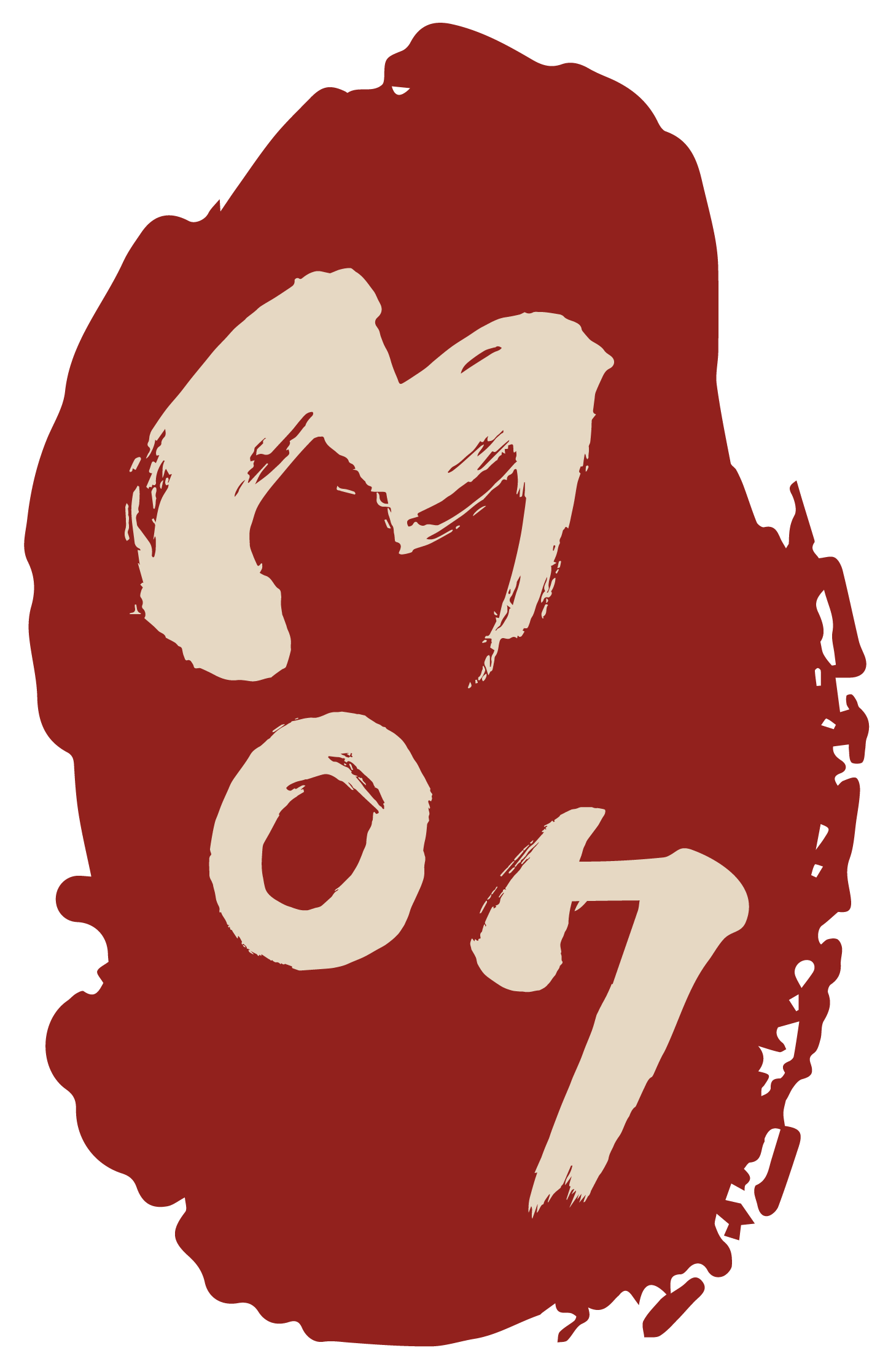Square Shaped Bronze Mirror
Bronze Mirror
Square Mirror deviating from the usual round shape. The grapes and vines motif was during the Tang Dynasty very popular in China.
Object ID
Tang_003
Age
Tang Dynasty (618 – 907 AD)
Material
Bronze
Color
Bronze-colored
Length
8.5 cm
Width
8.5 cm
Condition
good
Price
on request
Description
The square mirror is deviating from the usual round shape. Only „a few of these mirrors are square, a shape which recurs in some rear fourth century specimens and not thereafter among the ancient mirrors“. [1] There are two magic squares inside each other. The central knob has a continous opening. A band was pulled through the opening and attached to the clothing.
The inner square is framed with double lines and bears relief ornaments. These are grapes and tendrils, a kind of very popular motifs on Chinese mirrors, and the objects often named „grapes-mirrors“. Also the outer area of the mirror shows a kind of tendrils, grapes and small animals like birds. Those motifs appear often together with small monsters of Chinese origin on the back of bronze mirrors. [2] In popular belief are also numerous novels according to which the mirror makes ghosts visible. [3] On the mirror-side the bronze is large-scale oxidation and greenspan.
The grapes and vines motif was during the Tang Dynasty very popular in China. The decoration with tendrils and stylized floral swirls even became the most common decoration.
For many centuries the question arose again and again how such a magic mirror worked. The recent research of two professors at the Physics Faculty of the University of Münster/ Germany came to a convincing result. They referred to another Prof. Ayrton who explained already in a lecture 1878 the production techniques of Chinese mirrors. A mirror was produced by pouring molten bronze into a mold that was decorated with a relief-like ornament. The solidified blank then was processed on a wooden base with a kind of plane to smooth the surface.
Through appropriate processing of the surface and the effect of the relief on the back a slightly wavy surface is created. When light falls on them, the recesses look like small concave mirrors. As a result, a slight brightness modulation can be seen in the reflected light. Its structure corresponds to the depressions and elevations of the relief on the back. The mirror unfolds its magic when it is exposed to the light of a bright light source – the best is the sun – when projecting onto a wall in shadow. In the bright spot of light you can more or less see the relief embossed on the back. [4] (HV)
________________________
[1] Watson, William (Second edition 1977): Ancient Chinese Bronzes. Faber & Faber, 3 Queen Square London. 91
[2] Watson, William (1980): China. Kunst und Kultur. Herder Verlag Freiburg/Basel/Wien. 341./ Feddersen, Martin (1955): Chinesisches Kunstgewerbe. Ein Handbuch für Sammler und Liebhaber. Klinkhardt & Biermann. Braunschweig. 163
[3] Eberhard, Wolfram (1983): Lexikon chinesischer Symbole. Geheime Sinnbilder in Kunst und Literatur, Leben und Denken der Chinesen. Eugen Diederichs Verlag. Köln.272
[4] Schlichting, Hans-Joachim/ Ucke, Christian (checked: 24_06_07): Der chinesische Zauberspiegel. https://www.uni-muenster.de/imperia/md/content/fachbereich_physik/didactic_physik/didactic-physik/publikationen/chinesische Zauberspiegel





